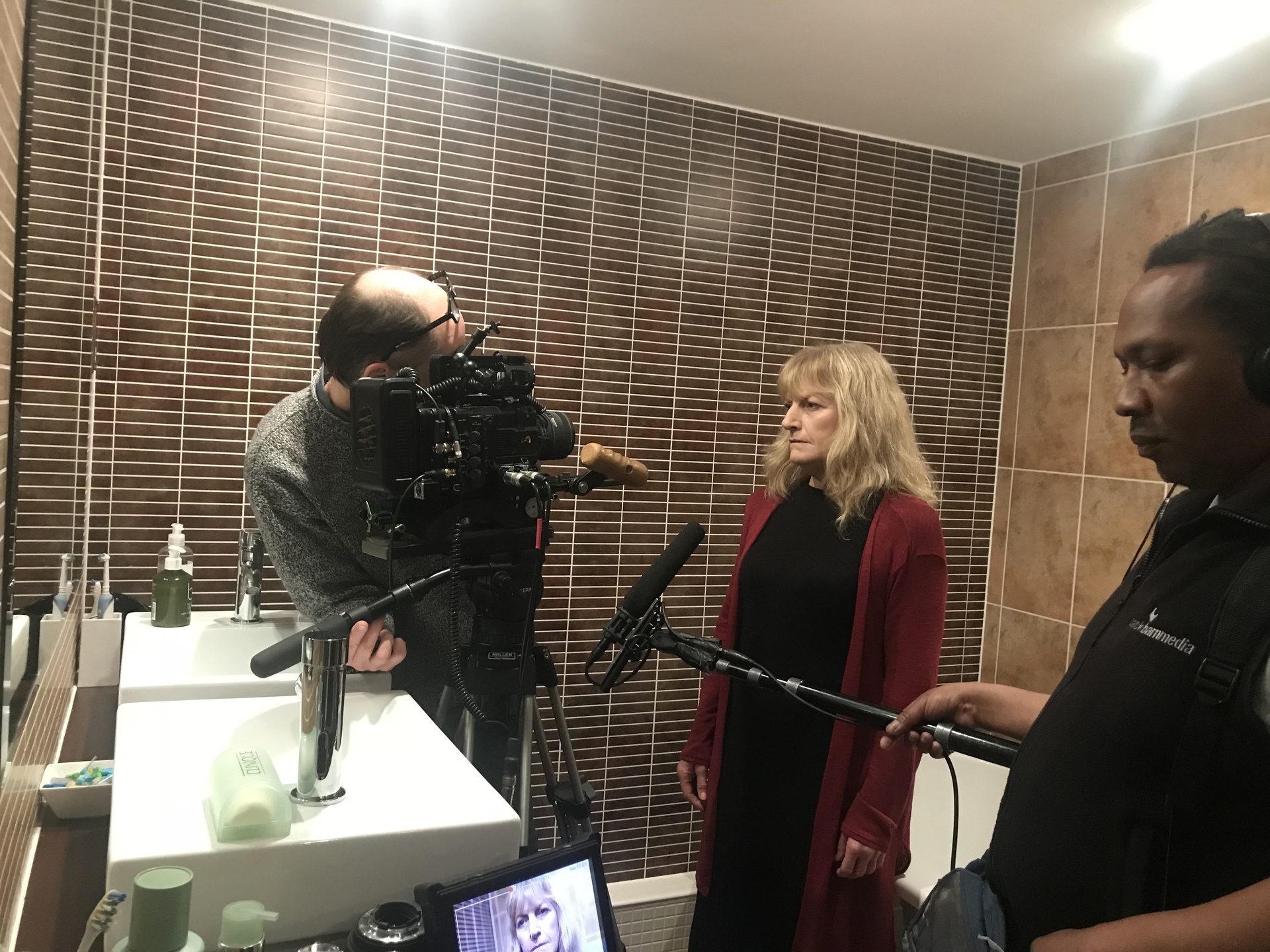Corporate Film - 5 Mistakes to Avoid

Amateur filmmaking has never been more accessible: we live in a time in which technical advancements are such that even our mobile phones can produce moving images of excellent quality. There is free editing software to download and an abundance of royalty free music available to make your project sing…
It is easier than ever to make a film – but – it’s also true that it’s especially easy to make a bad one. There’s a surfeit of corporate films out there – often made ‘in house’ to ‘save on costs’ – that are of an inferior quality. Sometimes we are asked to troubleshoot or, more frequently, re-make such films, and as a result we have been in a position to identify some common issues that make a corporate film substandard.
Here are five mistakes that often crop up:
Mistake 1 – The film has a poor script
It is Alfred Hitchcock’s maxim that the three most important things for a successful film are ‘a great script, a great script and a great script’. He is, of course, exaggerating in order to make a point, but we share his view that without a carefully written script even the most beautifully shot film will fall short.
If a conventional ‘script’ isn’t necessary for your purposes (for example, if you are filming interviews) then it is still necessary to consider carefully (and write out) the message of the film and how this message is to be communicated. Even ‘dry’ subjects such as explaining health and safety requirements can be approached in a creative, accessible and engaging way. If enough thought isn’t given to the fundamental of how you are presenting your message then – to put it bluntly – you’re stuffed before the shoot. It is disappointing to see a business present a ‘mandatory information film’ that employees endure rather than enjoy (and then forget about within minutes). It begs the question – how can any film be successful without engaging its audience?
Mistake 2 – A production basic has been neglected
Out of all the production fundamentals (lighting, sound, camerawork etc.) it’s probably sound that falls short most often. Dodgy sound recording is very difficult to improve in post-production; and ends up being terribly frustrating for the viewer. Broadcast film and television place so much emphasis on crisp sound that you still occasionally see a boom microphone creeping into the edge of the frame – never a good thing of course, but clearly evidence that anxiety about clear dialogue trumps other considerations such as a boom-free shot.
In addition to poor sound, bad lighting is often evident in inferior corporate videos. For the modern camera, natural light can be a dream to work with outside, but be wary of always relying on the naked camera, especially indoors. Thought needs to be given to the time of day, creeping shadows, whether any actors are under or over-lit and many other considerations that an experienced lighting designer will assess and then correct as required. The camera operator should also be very conscious of any lighting anomalies when looking through the lens; there was an unfortunate corporate video that we saw recently where the bespectacled actor had the reflection of the crew clearly visible in his glasses!
Talking of which, if actors are required please use a carefully selected professional who is suitable for the part. It’s staggering how little thought sometimes goes into selecting the right cast and bad acting can nullify all the effort that’s been put into everything else.
Mistake 3 – The camera ‘crosses the line’ indiscriminately
A good director will be mindful of ‘film grammar’ as it is sometimes called and be especially wary of ‘crossing the line’. Much can be written about crossing the line but to put it simply it is a phrase used by filmmakers to denote when the camera passes over the (invisible) 180-degree axis connecting the characters. There are ways of crossing the line elegantly (wide shots, for example, are very useful to establish a new line) and often filmmakers cross the line deliberately and use the reverse angle shot to great dramatic effect. However, bad corporate videos cross the line willy-nilly, which is distracting for the audience and will leave them feeling disoriented. If you merrily film away without a basic knowledge of film grammar then your film will not cut well and will be confusing for the audience to watch.
Mistake 4 – The future has not been considered
Assuming you are not making a one-off film to be shown once or twice and then disregarded, it’s well worth considering various factors that will give your film the longest possible shelf life. Here are a few examples of areas to think about: be wary of characters wearing something highly fashionable that may be a passing fad; avoid reference to dates if possible; and watch out for dialogue that includes a comment on current affairs or an à la mode ‘in-joke’.
The point is this: if you want your film to be fresh for as long as possible then it is important to think about both the audience now and the audience in the future.
Mistake 5 – Careless continuity
We haven’t listed this under the ‘production basics’ section for the reason that it is true that you can overlook some small continuity issues if the film is engaging enough. But it is also true that with a poor corporate video continuity can be forgotten about altogether: perhaps a poster on a wall suddenly vanishes; or there is a mysteriously self-filling cup of water on the table; or an actor has their hand to their face in one shot and has their hands on their hips in the reverse. When a viewer notices bad continuity they immediately snap out of any suspension of disbelief and it may take them a while to get back into following the story. Continuity is a highly particular job that requires skill to undertake; if there is no-one qualified for the task it is often forgotten about.
And this concludes our 5 common mistakes to avoid…
We’re passionate about film in all its different forms and approach a business film with the same exacting standards as we would a feature, and even a corporate film made with a modest budget can be produced to a very high standard.
All resources

